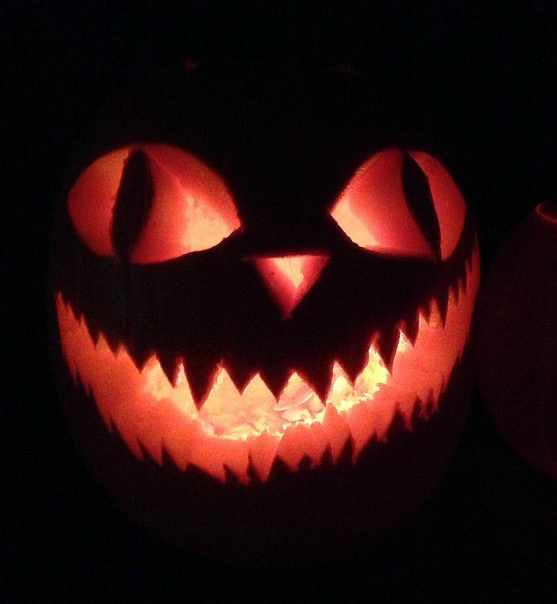The history of Jack-o’-Lanterns
October 29, 2015
“Every October, carved pumpkins peer out from porches and doorsteps in the United States and other parts of the world. Gourd-like, orange fruits inscribed with ghoulish faces and illuminated by candles are a sure sign of the Halloween season,” explained The History Channel. Where did the strange tradition of carving faces in fruits and vegetables begin? According to The History Channel, the answer lies in an old “Irish folktale about a man named Stingy Jack— where large turnips and potatoes served as an early canvas.”
While there are many different variations of this story, most agree that the main character Stingy Jack trapped the devil in a coin or up a tree and then released the devil only when he promised not to take Jack’s soul to hell. The legend goes on to say that soon after Jack died, and because of his actions, God did not allow him to enter Heaven since he was such an unsavory character. The devil, still upset by Jack trapping him, would not allow Jack into hell either. Instead he gave Jack an ember for the flame of Hades, a coal that would never stop burning. Jack then put the coal into a hollowed out turnip and has been roaming the earth ever since. The Irish refer the the ghostly figure as “Jack of the Lantern” which later became “Jack O’Lantern.” People of Ireland and Scotland soon began carving gourds, turnips and potatoes with scary faces to scare off Stingy Jack and other evil spirits believed to be wandering the earth at night.
Later, when the Irish and Scottish people immigrated to America, they brought their traditions with them and soon found pumpkins, a fruit native to North America, perfect for making jack-o’-lanterns. Ever since, pumpkin carving has become a traditional part of America’s Halloween festivities.









